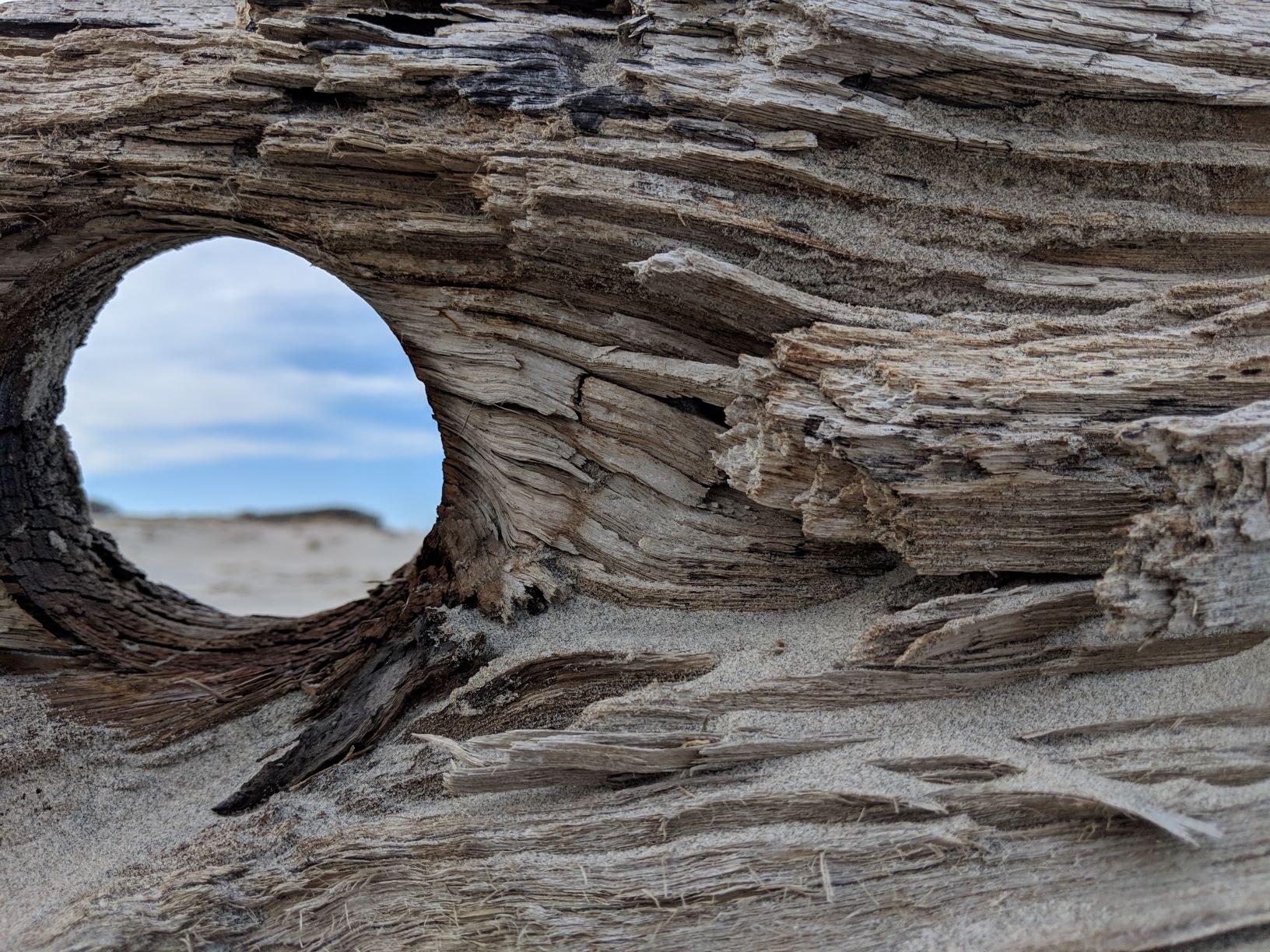They’re alive, just an hour or two after leaving the bay, and will be until they are cooked an hour or two later.
I am alive when I take this picture, and will be even after these particular clams are eaten.

The air is chilly in the shadows, but the water is still warm enough for sandals.
In a generation or two, different clams will fill the same basket, different hands will hold the same rake.
The shells of the clams above now sit under a maple tree outside, resting among the shards of so many other shells, all raked up alive, all eaten, all dead.
If you’re a high school teacher, here’s a macabre exercise that I think is worth doing once or twice a year. Wander out into the hallways in between the periods, when the kids are being kids, in varied kid positions, using kid slang.–walking/strutting/slouching/skipping/dancing/sliding with in your face vivaciousness .
Now imagine those same bodies a years after they are dead, their skeletal remains as lifeless as the ghostly white clam shells sitting under my maple tree.

And then ask yourself, what are you doing today with these children whose lives are as mortal as the clams.
(Mortality should influence your curriculum at least as much as capitalism does….)







